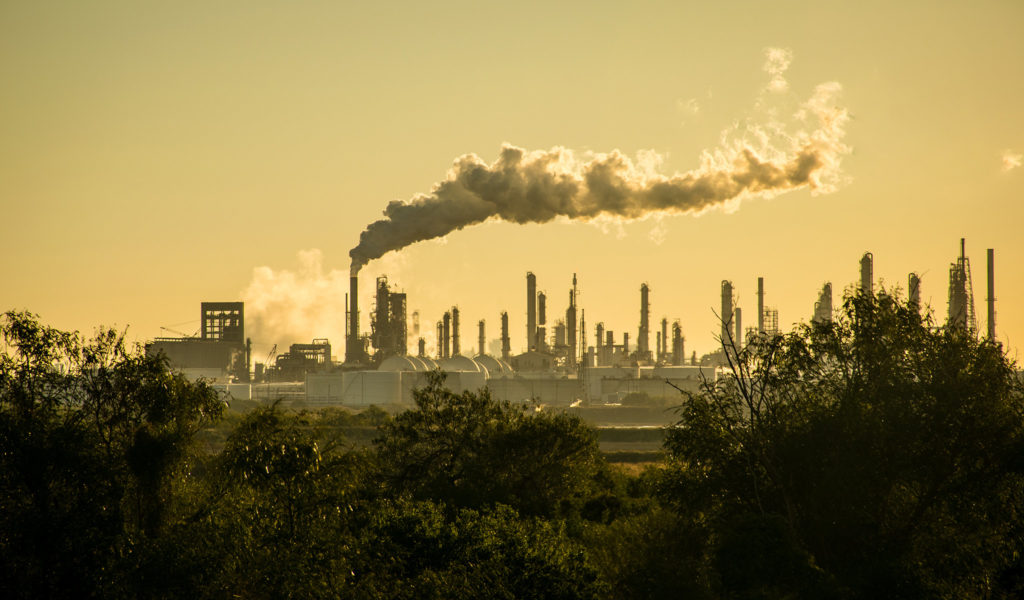As we reflect on the recent COP26 summit in Glasgow, governments and business leaders around the world will be looking to make good a series of unprecedented commitments to help combat climate change. Net zero has been a hot topic, as well as ensuring adequate funding goes to those most affected by climate change in less wealthy economies.
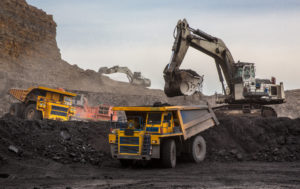 Unfortunately, however, for many in the waste management industry, there has been one glaring omission that didn’t get the kind of exposure it warrants—namely, waste generation and its impact on our planet. Of course, some of the issues facing the waste management industry will be addressed within net zero commitments, and efforts to cut methane emissions will almost certainly need to encompass those emitted by landfill.
Unfortunately, however, for many in the waste management industry, there has been one glaring omission that didn’t get the kind of exposure it warrants—namely, waste generation and its impact on our planet. Of course, some of the issues facing the waste management industry will be addressed within net zero commitments, and efforts to cut methane emissions will almost certainly need to encompass those emitted by landfill.
But in a world where waste generation is growing year on year, is that enough? Here, we look at some of the promises made at COP26, some of the highlights, and why a focus on waste generation and diversion must form an integral part of the fight against climate change.
Why is COP26 important?
In 2015, at COP21, governments from across the world agreed to make a global collaborative effort to mitigate the climate crisis. This effort was intended to focus on capping global temperatures at 1.5 degrees above pre-industrial levels.
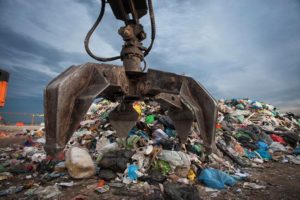 To maintain accountability and ensure progress in this effort, countries agreed to hold a special climate convention every five years to refocus and specify global collaboration. This five-year convention is especially significant
To maintain accountability and ensure progress in this effort, countries agreed to hold a special climate convention every five years to refocus and specify global collaboration. This five-year convention is especially significant
Taking place five years after the signing of the Paris Agreement (including a year’s break due to COVID-19), each country is submitting their individual plans for direct climate action. These Nationally Determined Contributions (NDCs) will, in collaboration with one another, make up the most specific, globally unified action plan to tackle the climate crisis to date.
However, in the six years since COP21, and the signing of the Paris Agreement, it has become increasingly clear that the goal of 1.5 degrees will be harder to reach than anticipated. Therefore, it is more important than ever that COP26 is a conference which encourages immediate, direct and effective action.
Good news from COP26
Prior to the event, the COP26 website outlined the four key goals of this particular conference. These were to:
a. Secure global net zero by mid-century and keep the 1.5 degrees target within reach. In order to do this, there is a focus on phasing out coal, reducing deforestation, normalizing the use of electric vehicles, and encouraging investment in renewable energy.
b. Adapt to protect communities and natural habitats. This goal focuses on the restoration of natural ecosystems, and the development of more resilient human societies.
c. Mobilizing finance in aid of climate action, with a goal of $100bn per year from developed countries
d. Effective global collaboration to achieve these goals
The first few days hinted at major steps being taken towards achieving these goals. For example, 40 national leaders, representing 70% of the world’s economy, are supporting the new Breakthrough Agenda, which will drive cooperation between nations and the private sector to drive down the cost of clean technologies and energy sources. The goal of the Breakthrough Agenda is to make these the most popular and accessible options by 2030.
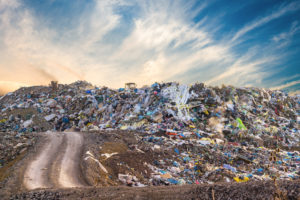
There have been many promising examples of groups of countries collaborating to levy finance. $10 billion of private funding has been pledged towards the new Global Energy Alliance for People and Planet in its mission to facilitate access to clean energy initiatives in the global south. South Africa, the UK, the US, France, Germany and other EU leaders have agreed to provide $8.5 billion dollars to South African clean energy initiatives, as they use more carbon for the production of their electricity than any other country.
There have also been significant commitments working towards the reduction of global emissions. Five of the world’s top 20 coal-using countries made new commitments to phase out coal power, alongside many other countries, and several international banks committed to end all public finance of new coal power by the end of the year. Furthermore, a significant 105 countries had signed to the Global Methane Pledge as of the 2nd November – which represents a commitment to reduce overall emissions by 30 percent by 2030.
COP26: Where are the words on waste?
The waste produced by our linear economy is an enormous catalyst to the climate crisis, as our current models of production and consumption are inherently wasteful. Harmful materials that end up in landfill, from e-waste through plastics to construction debris, are only part of the problem, with organic waste an often forgotten component that produces methane gas.
Thankfully, the negative environmental impact of landfills has been acknowledged at COP26. A recent UN report stated that, if we wish to tackle methane levels in the atmosphere, we must treat emissions from landfill and food waste as high-priority targets, and the leaders at COP26 are treating those emissions as a serious concern.
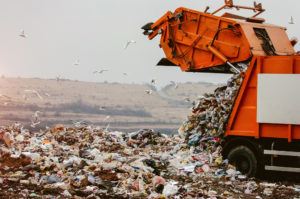 The President of the EU Commission, Ursula von Der Leyen has acknowledged that reducing methane emissions is “one of the most effective things we can do to reduce near-term global warming, and keep to 1.5 degrees”, and the 105 signatories of the new Global Methane Pledge demonstrate that this is being taken seriously.
The President of the EU Commission, Ursula von Der Leyen has acknowledged that reducing methane emissions is “one of the most effective things we can do to reduce near-term global warming, and keep to 1.5 degrees”, and the 105 signatories of the new Global Methane Pledge demonstrate that this is being taken seriously.
However, leaders at COP26 have focused on landfill waste in relation to methane emissions and little else. Many had hoped that this conference would also work towards promises of better waste management systems that, not only ensured waste was properly diverted away from landfill, but that also looked to reduce waste at the source and reintegrate materials back into production systems.
The World Economic Forum has calculated that, if we can learn to integrate waste back into our systems of production, and subsequently transform our linear economic models, the new closed-loop economic models can unlock a monumental $4.5 trillion for the economy by 2030.
Considering that redirecting our waste into sources of production has the capacity to quickly reduce emissions from landfill, to put an end to many other forms of pollution, and to mobilize a vast amount of capital, closing the loop on our systems of production seems vitally important to a truly sustainable economy that aims to work to net zero and beyond.
So, as COP26 closes its doors, there is plenty of room for optimism, with the caveat that the waste management industry must continue to ensure waste generation is factored into the promises and plans made by global leaders.
To learn more about how to reduce all types of waste and why it’s important for you, your business, and the planet, subscribe to our blog. Additionally, speak with one of our TRUE Waste Advisors to learn how to improve waste and recycling practices at your company.

